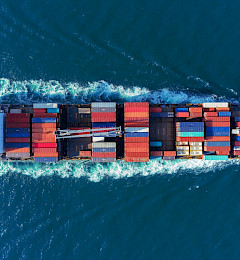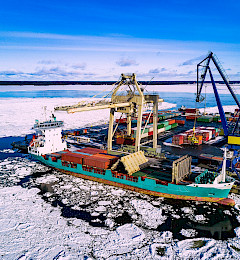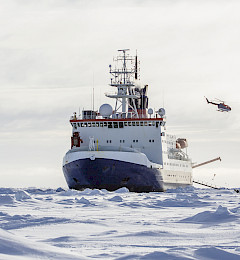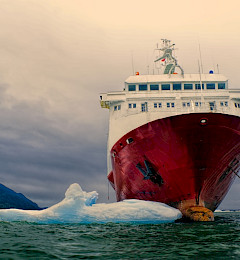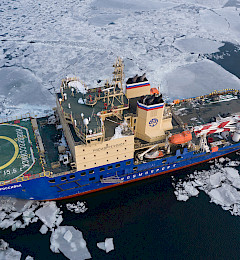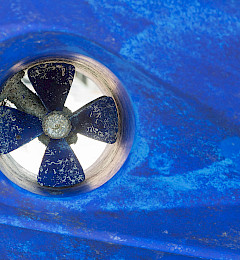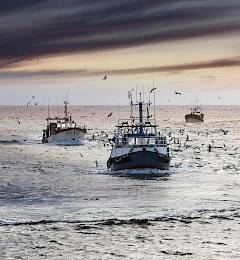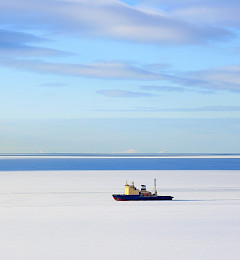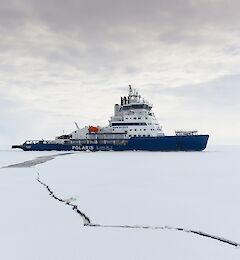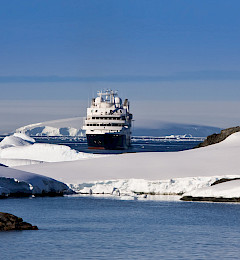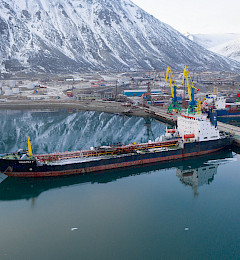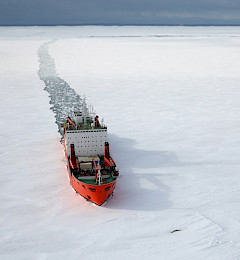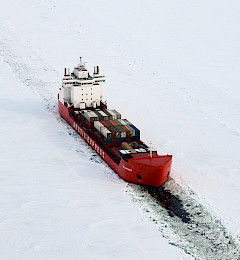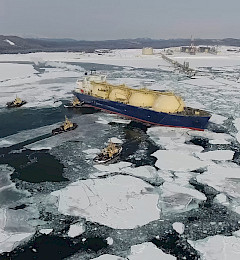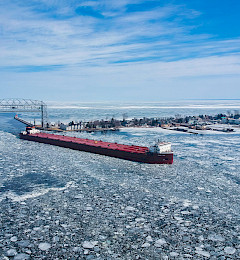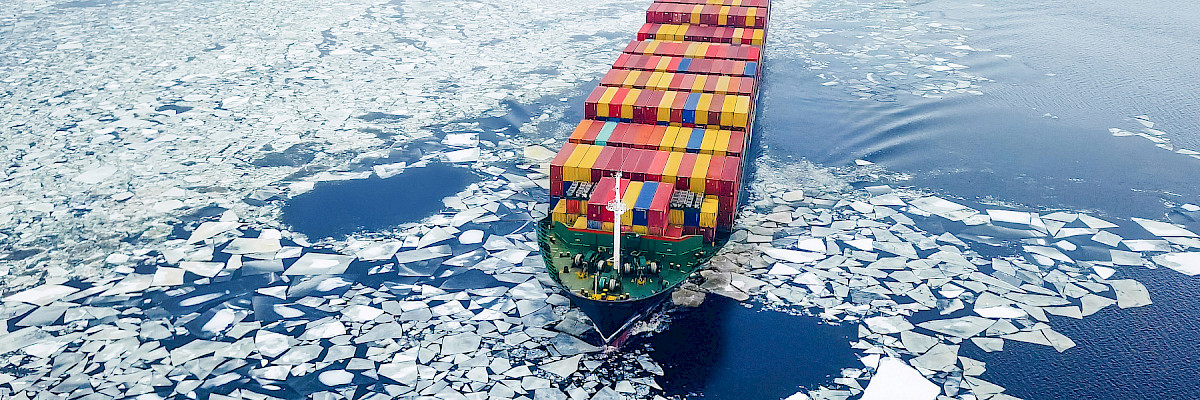
Arctic Shipping
PAME’s work on shipping activities in the Arctic spans over 20 years.
PAME’s shipping activities expanded significantly in 2004 when PAME decided to “Conduct a comprehensive and integrated Arctic marine shipping assessment at current and projected future levels,” which became the Arctic Marine Shipping Assessment, which was approved in 2009. It included 17 policy recommendations that have since defined the parameters of PAME’s Arctic shipping work.
These recommendations are divided into three themes:
- Enhancing Arctic marine safety
- Protecting Arctic people and the environment; and
- Building Arctic marine infrastructure.
The recommendations were developed to provide a guide for future action by the Arctic Council, Arctic States and many others stakeholders.
PAME’s subsequent work went into different activities, not necessarily related to specific projects but rather different activities. PAME issued three reports (2011, 2013, 2015, 2017) to document and track progress in implementing the 17 recommendations. These recommendations have since been updated (2021) to reflect progress, developments, and changes since first being released.
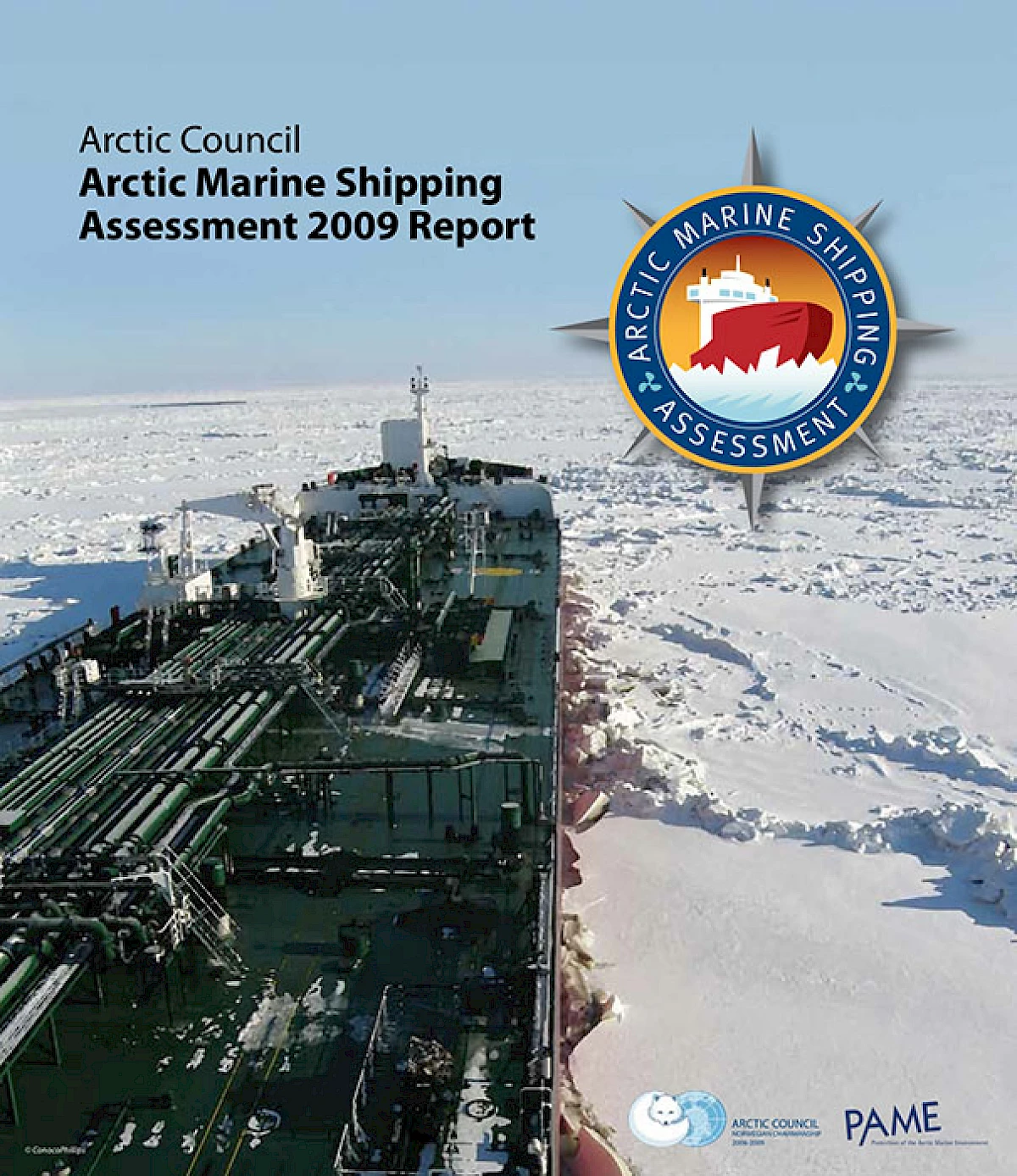
Current Work on Arctic Shipping
PAME’s shipping work is structured in recent years and is now more project based. PAME operates a dedicated Shipping Expert Group which meets on a regular basis with expert participation from Arctic States, Permanent Participants and Observers. A list of current and previous project is below with dedicated pages for each one for more information.
On this website, PAME’s shipping work is compiled to four theme pages with information from PAME projects and activities.
- Arctic Shipping Trends
- The Polar Code
- Heavy Fuel Oil in the Arctic
- Arctic Shipping Impacts
In pursuing its overarching goal, PAME is mindful of its role, especially in relation to International Maritime Organization (IMO). IMO is the global standard-setting body for the safety, security, and environmental performance of international shipping, while PAME is a non-regulatory regional body with a mandate focused on environmental protection and sustainable development.
In working to advance the AMSA Report’s recommendations and subsequent ministerial direction, PAME has carved out a role focused on: collecting, synthesizing, and analyzing reliable information; producing high-quality reports and assessments; and making sound policy recommendations. In doing so, PAME has informed and influenced decision making by Arctic States and the IMO.
It also has helped Arctic States better coordinate their national efforts to support safe and environmentally sustainable Arctic shipping, . The current IMO-PAME relationship attests to PAME’s ability to “stay in its lane” while generating reliable and authoritative input that informs and shapes IMO actions. In no small part due to PAME’s shipping-related work, IMO became an accredited Arctic Council observer in 2019 and formalized its participation in PAME’s Shipping Expert Group.
 Arctic Council Working Group
Arctic Council Working Group 